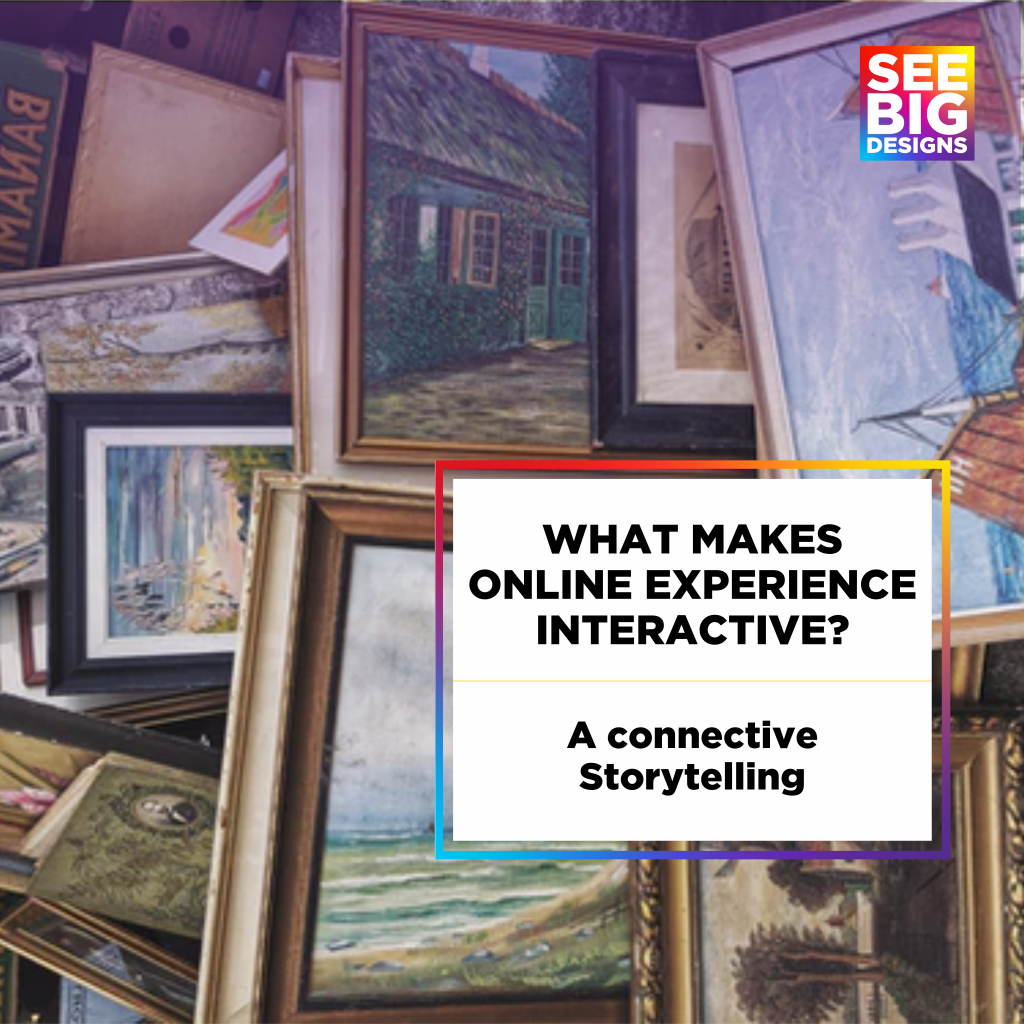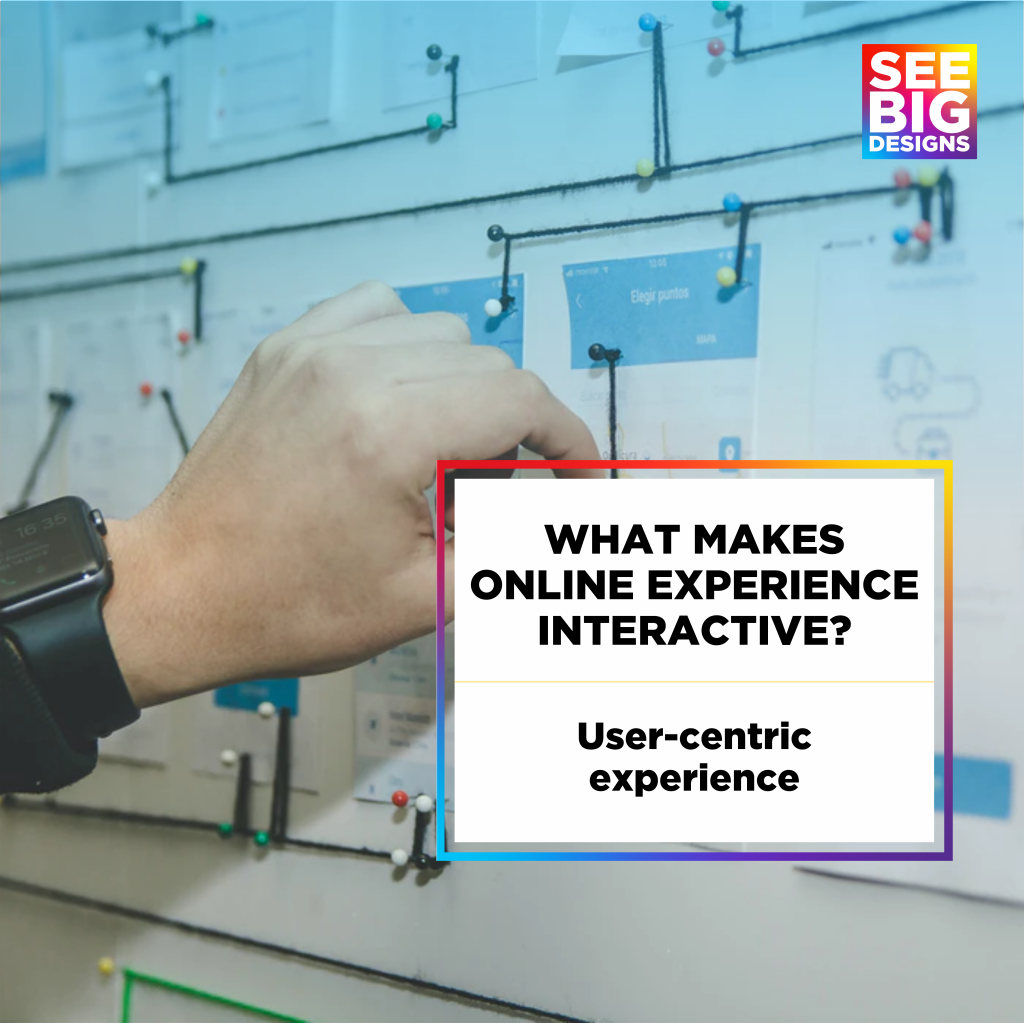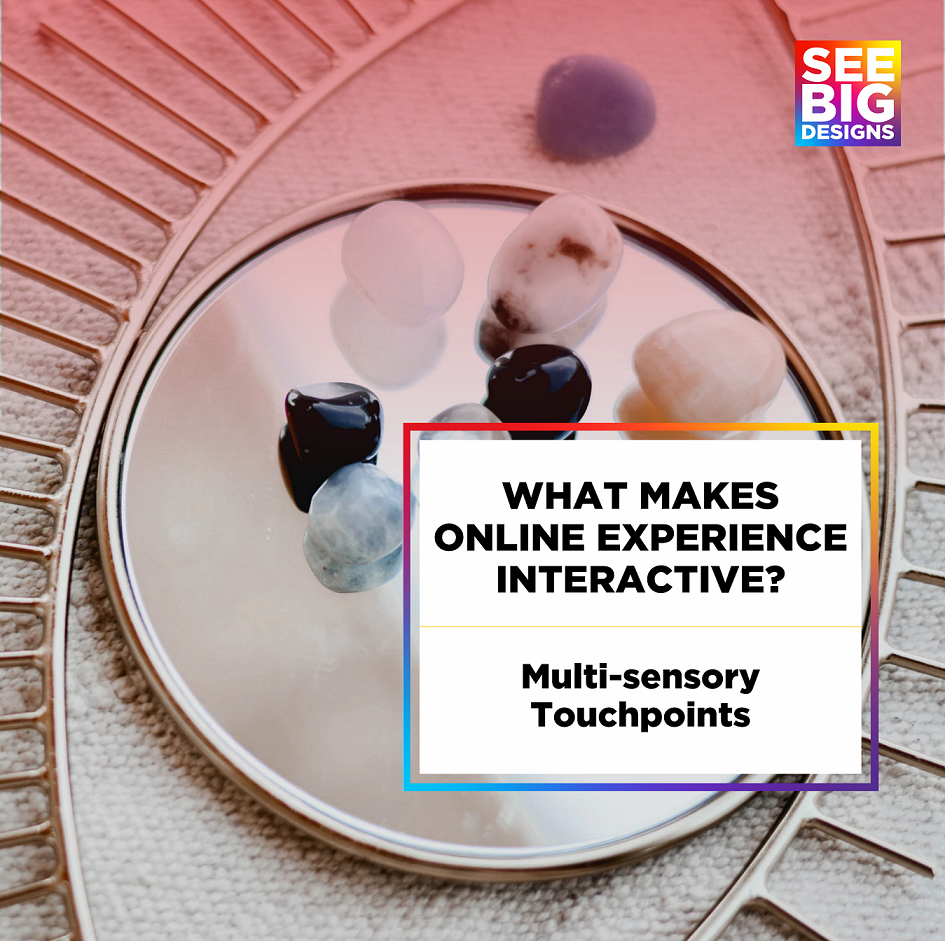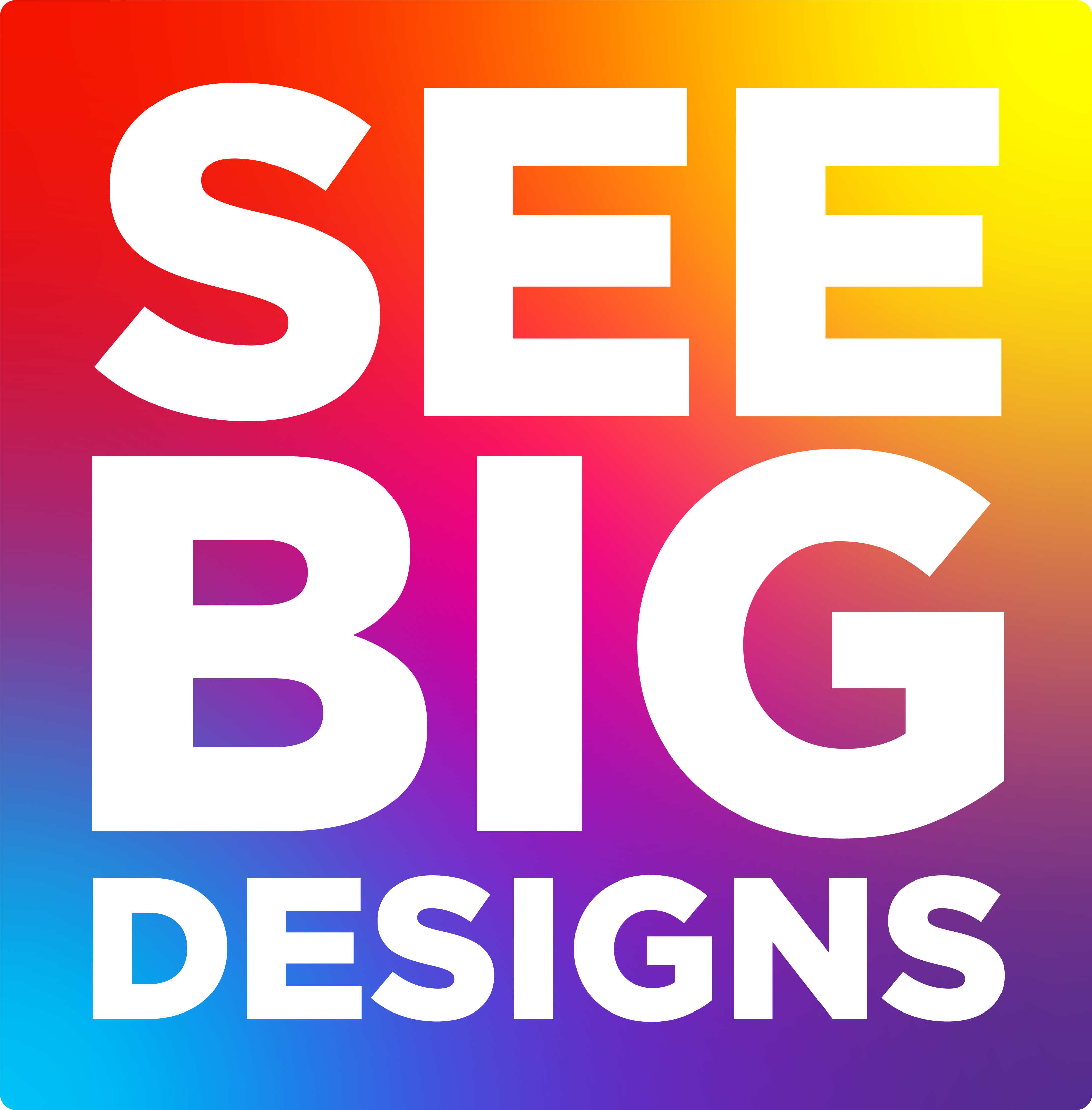5th june 2021
New technologies and media are always pushing toward the future. It is a basic foundation created to build an endless experience, from taking technological innovations to a next level and converting them into virtual reality to being playful, engaging, and responsive for connecting with the audience.
Customers’ engagement on your online platform is one of the crucial elements that make sure the customer gets the most out of what they are looking for about your product/services. While making online experiences interactive, users will also get involved and engage themselves with your website and application.
Here are 4 key elements that will help you create an interactive online experience for your customers:
1. A language that connects and relates with the audience:
As we all know, language is a key to any communication. It helps people to communicate, understand each other and build an emotional connection. Why not focus on it when in a business and want to make contact with the audience?
Language plays an important role in engaging customers in your online platform like social media advertising, website creation, etc. No matter what business you are into.
In the industry, the kind of language you use to communicate with your audience is widely known as “Tone of Voice.” This tone of voice helps your client understand your brand and the kind of products/services you provide and builds up your brand’s identity.
It is noticed, 66% of the brands globally tend to use technical languages with difficult words but are less understood by their targeted audience, often leading to the fall in user engagement. Another reason for less understood content is the long sentences without any breakages “comma- ,” and “full stop- .”. This often helps in understanding the statements and connects directly.

A language is not only in the form of text but also with the use of images, videos, gifs, etc., can actually help people understand the content along with interacting through different media. To make the website and application attractive, all you need is to observe the audience and their engagement on a daily basis and analyze- how much average time they are spending on the site?
A clear tracking will help understand the audience and the language they would love to see on your pages, and later it’s all a game of trial and error. The better one understands the audience, the better they can connect.
2. A connective visual storytelling

Some Tips engage your target audience with visual storytelling:
- Be unique and create your own story.
- Include videos in your content and less textual content
- Understand your audience and deliver products that they want. It’s all about the experience. Think about your target audience experience first.
- Include your customer’s story in your visual storytelling
- Divide complex topics into small sentences.
- Make your brand identity strong, so your audience can recognize you anytime they visit your brand.
- Use high-quality visuals and content which is updated from time to time.
Learn from the competitive brands, keep track of your customers engagement, and monitor how people interact with your storytelling visuals. Create an interactive story through omnichannel digital media and be consistent with keeping the interest of your audience alive while delivering the right message.
3. User centric experience

4. Multisensory touchpoints - A multisensory experience to align the brand touchpoints
All the information on your website and app is a mix of digital media. It would be best if you find a way to appeal to consumers at a deep emotional subconscious level. Visuals, smells, sounds, tastes, and things to touch are five key elements that make the digital experience interactive. In digital, we can only play with visuals, sounds to give a great experience. The brands need to incorporate offline channels to engage and provide additional digital experiences to include all the senses. It should be unique and consistent to every customer where they can feel and experience the brand.
Delivering the ultimate customer experience acquires an approach that effectively engages, nurture and convert. Winning at customer’s experience begins with understanding what influences brand’s engagements. Nurture them in the initial considering set of research with consumer-driven content mixing different mediums for delivering your message.

A basic application that focuses on the normcore(Less is More) trend is a great strategy for engaging through an online experience.
Related blogs...
Why should you hire a small design studio?
Why should you hire a small design studio? 17th August...
Read MoreWhy every company needs a website? Best strategies that work to earn money in 2021
WHY EVERY company need a website? Best strategies that work...
Read MoreBest color combinations to make brand shine
Best color combinations to make brand shine 6th July 2021...
Read MoreOur guide to colors and emotions for brand building
Our guide to colors and emotions for Brand building 19th...
Read More



